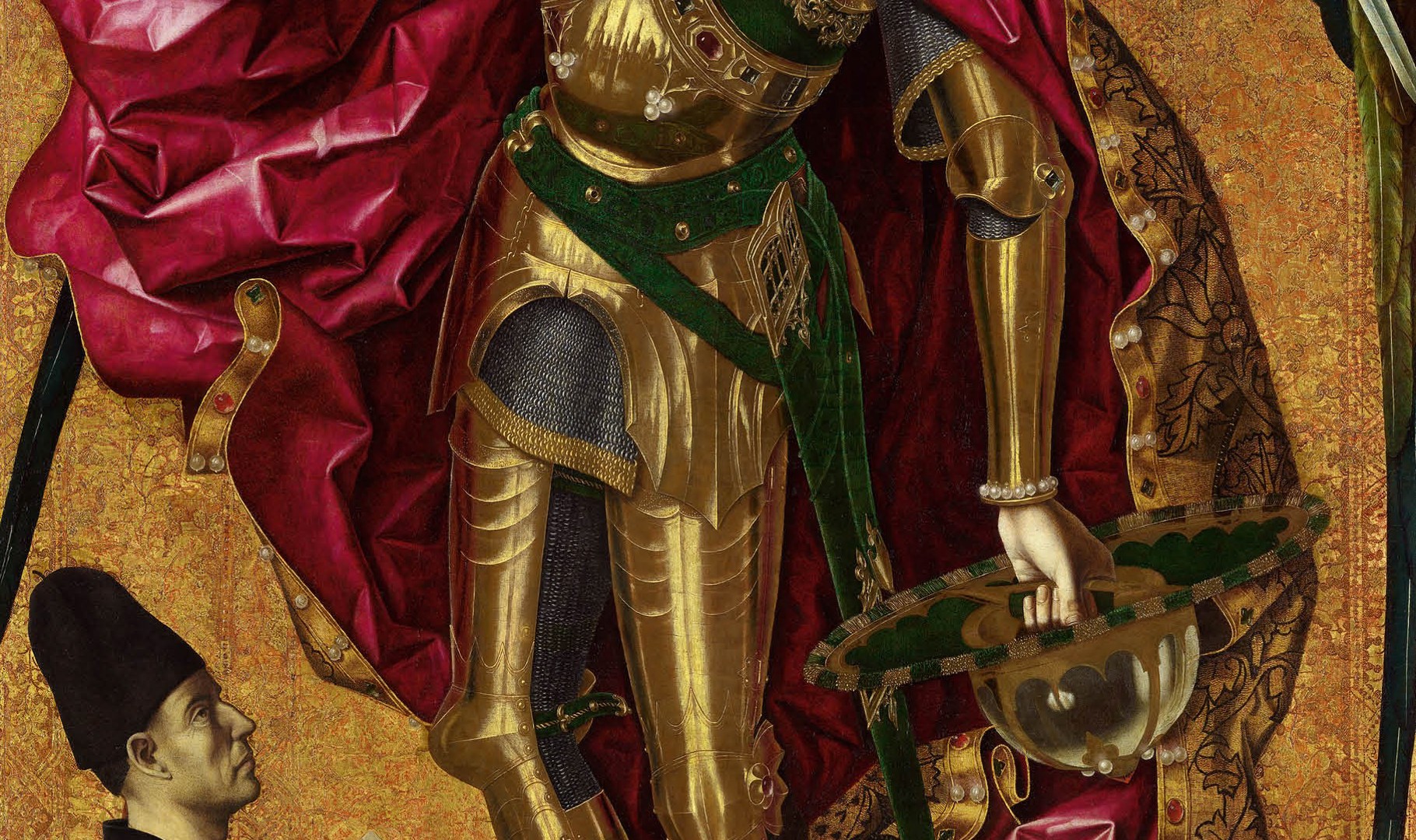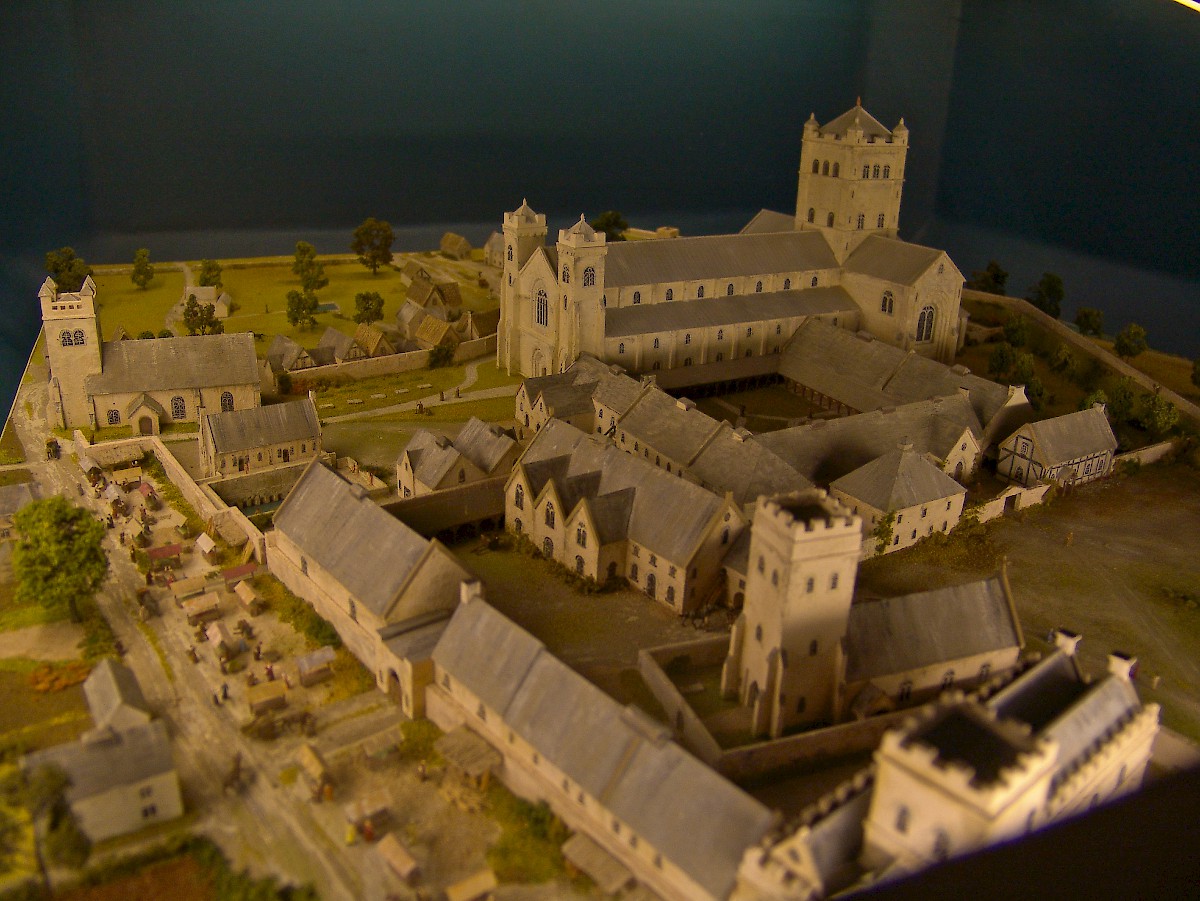I was fascinated to read on LiveScience an article about a discovery in Western Thrace in Greece which indicates the skills used to assist a man with a severe fracture of his jaw to recover in the 1370s. This was achieved by inserting a gold wire or thread to hold the jaw together whilst the bone healed. The injured man was clearly a figure of importance and apparently returned to military service, before, it would appear, being beheaded a decade or so later by the Ottomans after the capture of the fort at Polystylon which he had been defending. Ultimately he was not that lucky after all.
Nevertheless his treatment indicates a tradition of medical care and knowledge that came from the ancient Greek world as described in the works of Hippocrates and demonstrates considerable skill in its application.
He would be a very suitable candidate for the sort of facial reconstruction carried out on human remains by historical pathologists.
The article can be read at Byzantine warrior with gold-threaded jaw unearthed in Greece






